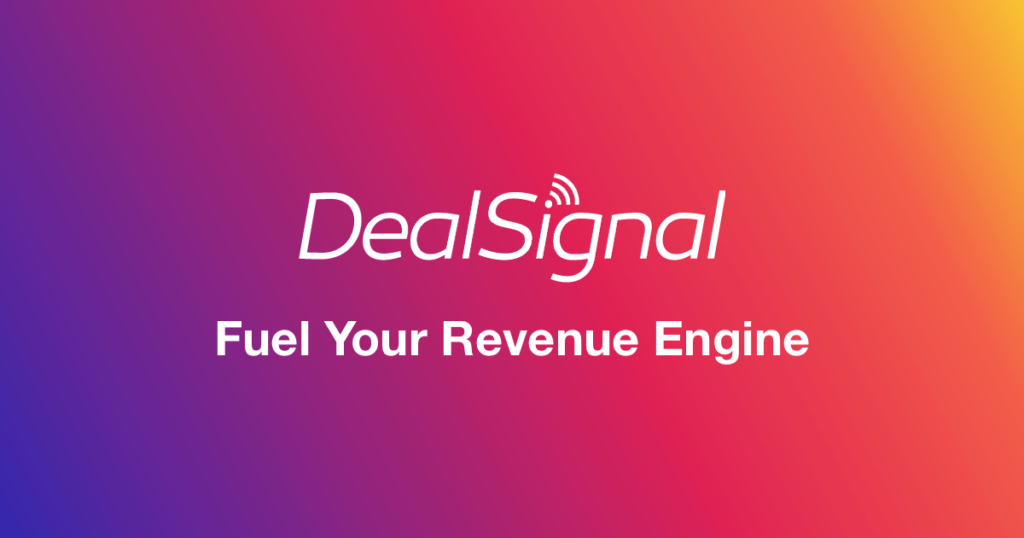Total Audience Measurement is a comprehensive methodology for tracking, quantifying, and analyzing the reach, engagement, and consumption of media content and advertising across multiple platforms and channels. This approach provides a unified view of how audiences interact with various forms of media, including traditional television, digital media, streaming services, radio, and more.
Total Audience Measurement is crucial in today’s media environment, where content consumption spans a diverse range of devices and channels. By employing this measurement technique, media companies, advertisers, and marketers gain valuable insights into audience behavior and preferences. This holistic perspective is essential for optimizing media strategies, enhancing content quality, and improving the overall viewer and user experience.
Key Aspects:
- Cross-Platform Tracking: Monitors audience interactions across different media platforms and devices, providing a comprehensive view of media consumption habits.
- Reach and Engagement: Measures how many people are exposed to media content and how they engage with it, including metrics such as viewership, listenership, and online activity.
- Consumption Analysis: Assesses how audiences consume media content, including frequency, duration, and preferences for various types of media.
- Holistic View: Integrates data from traditional and digital media sources to offer a complete picture of audience behavior and media effectiveness.
Benefits:
- Comprehensive Understanding: Provides a complete view of audience interactions and engagement across multiple media channels.
- Improved Strategy: Enables more effective media planning and advertising strategies by integrating data from various sources.
- Enhanced Content Quality: Guides content creation based on audience preferences and consumption patterns.
- Better ROI: Helps optimize advertising spend by measuring the effectiveness of campaigns and improving targeting.
Total Audience Measurement is an essential tool for navigating the complex and fragmented media landscape of today. It enables media companies and advertisers to better understand their audiences, refine their strategies, and ultimately deliver more engaging and effective content and advertising.
« Back to Glossary Index



